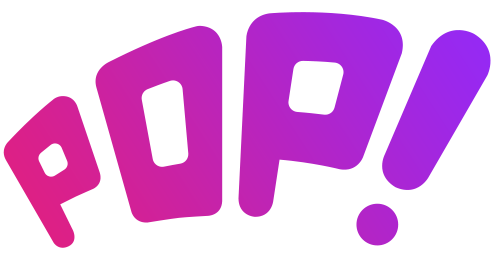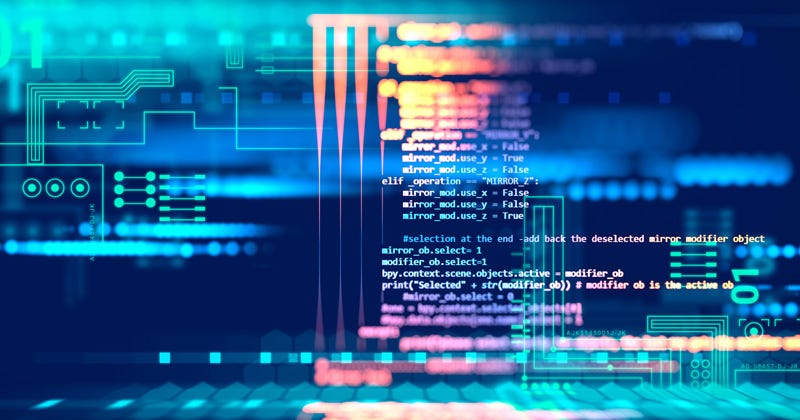Programming Basics In the vast landscape of technology, where lines of code come to life and algorithms shape the digital world, embarking on a journey to understand Programming Basics is akin to unlocking the doors to an enchanting realm. Whether you’re a tech enthusiast or a budding developer, this guide will be your compass, guiding you through the fundamental concepts that form the backbone of coding.
The Code Foundation: Syntax and Structure
Imagine programming as composing a symphony, where each line of code is a musical note. Programming basics begin with understanding the syntax and structure of a programming language. Just as musical notes follow a pattern, code follows a set of rules that define how instructions are written.
Variables: The Data Carriers
Variables are like containers that hold data. Think of them as labeled boxes storing different types of information. From numbers to strings of text, variables provide a way to manipulate and interact with data within your code.
Controlling the Flow: Loops and Conditionals
As you delve into programming basics, you’ll encounter the art of controlling the flow of your code. Imagine it as directing scenes in a play. Loops, like repeating scenes, execute a block of code multiple times. Conditionals, like plot twists, introduce decision-making to your code.
If-Else Statements: The Decision Makers
If-else statements are the decision-makers in your code. Imagine them as crossroads where your program takes different paths based on conditions. Just as characters in a story face choices, your code navigates different outcomes with if-else logic.
Functions: Reusability and Organization
Imagine functions as recipes in a cookbook. Programming basics introduce you to the concept of functions, which encapsulate a set of instructions that can be reused throughout your code. This modular approach enhances code organization and readability.
Parameters and Arguments: Customizing Functions
Parameters and arguments give functions flexibility. Think of them as ingredients you can customize in a recipe. With these, functions can perform tasks with different inputs, making your code adaptable and versatile.
Data Structures: Organizing Information
In the world of programming basics, data structures are your organizational tools. Imagine them as filing systems for information. Arrays and lists store multiple pieces of data, while dictionaries and objects organize data with labels.
Arrays and Lists: Data Collections
Think of them as arrays of books or lists of ingredients. These data structures enable you to manage and manipulate groups of related data efficiently.
Debugging: The Detective Work
When you immerse yourself in programming basics, debugging becomes your detective work. Imagine your code as a puzzle, and bugs as the missing pieces. Debugging involves identifying and fixing errors to ensure your code runs smoothly.
Debugging Tools: Tracing Clues
They help you trace the flow of your code and pinpoint issues. By stepping through your code and inspecting variables, you unravel the mystery behind errors.
Version Control: Time Travel for Code
Version control is your time machine in the world of programming basics. Imagine it as a record of your code’s history. With version control systems like Git, you can track changes, collaborate with others, and revert to previous versions when needed.
Branching and Merging: Parallel Realities
Branching and merging are akin to parallel realities. Imagine working on different storylines in a novel. Branches allow you to develop features separately, and merging brings them together harmoniously.
Putting It All Together: Projects and Practice
As you journey through programming basics, the ultimate test is putting your knowledge into practice. Imagine it as creating your masterpiece. Start with small projects, like crafting a simple website, and gradually tackle more complex challenges.
Learning Resources: Your Guidebook
Online tutorials, coding bootcamps, and textbooks are your guidebooks. Just as explorers rely on maps, you can turn to these resources to deepen your understanding of programming basics. They offer insights, examples, and exercises to hone your skills.
The Gateway to Coding Mastery
As you navigate the world of Programming Basics, you’re laying the foundation for coding mastery. Imagine it as mastering the scales in music or the strokes in painting. The more you practice, the more fluent and creative you become in crafting solutions, innovating, and embracing the endless possibilities that coding offers.
Embrace programming basics as your launchpad into the world of technology. From syntax to functions, debugging to projects, each concept is a stepping stone that propels you forward on your coding journey. As you wield the power of code, remember that every line you write is a stroke on the canvas of innovation, a testament to your growth as a programmer.

